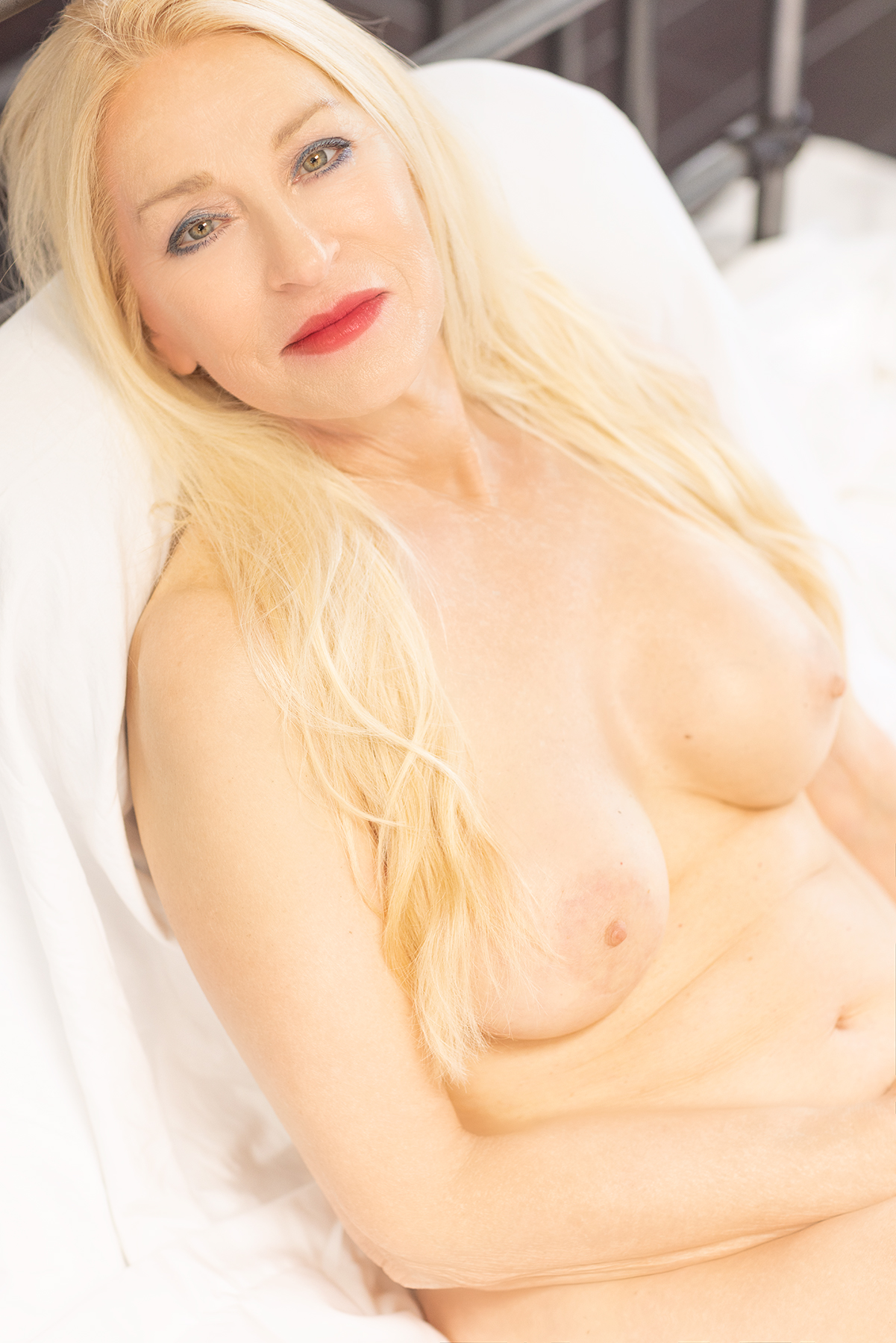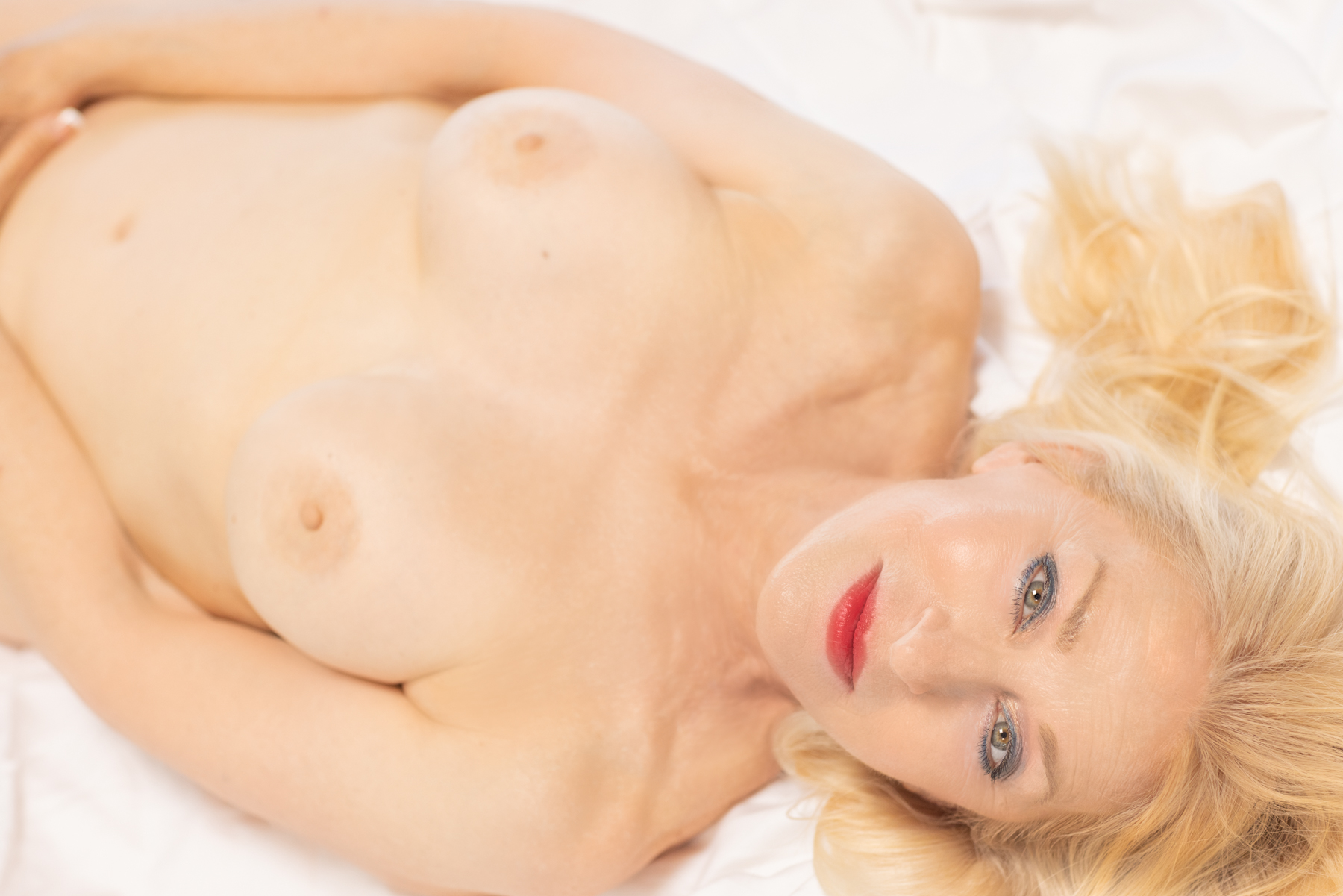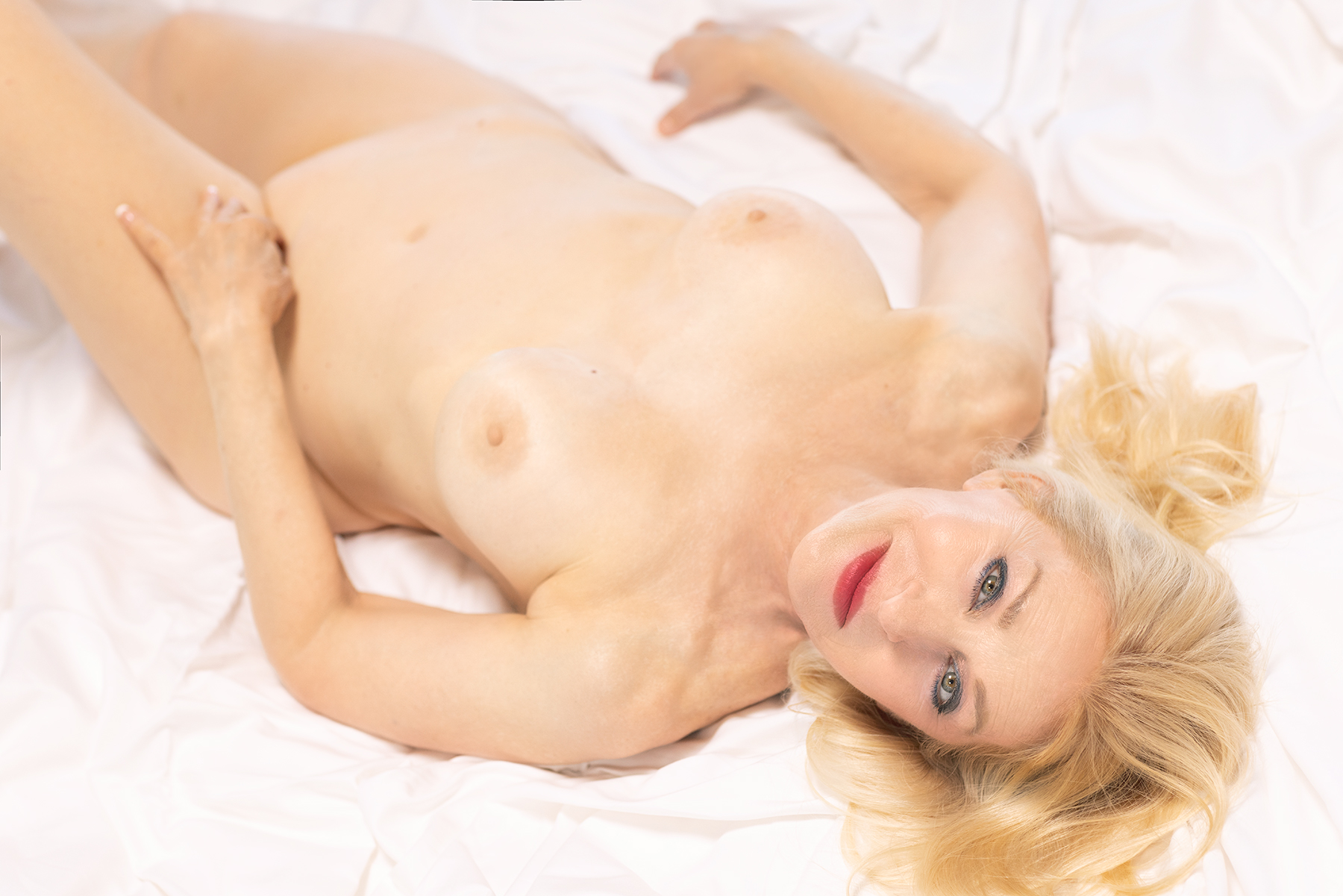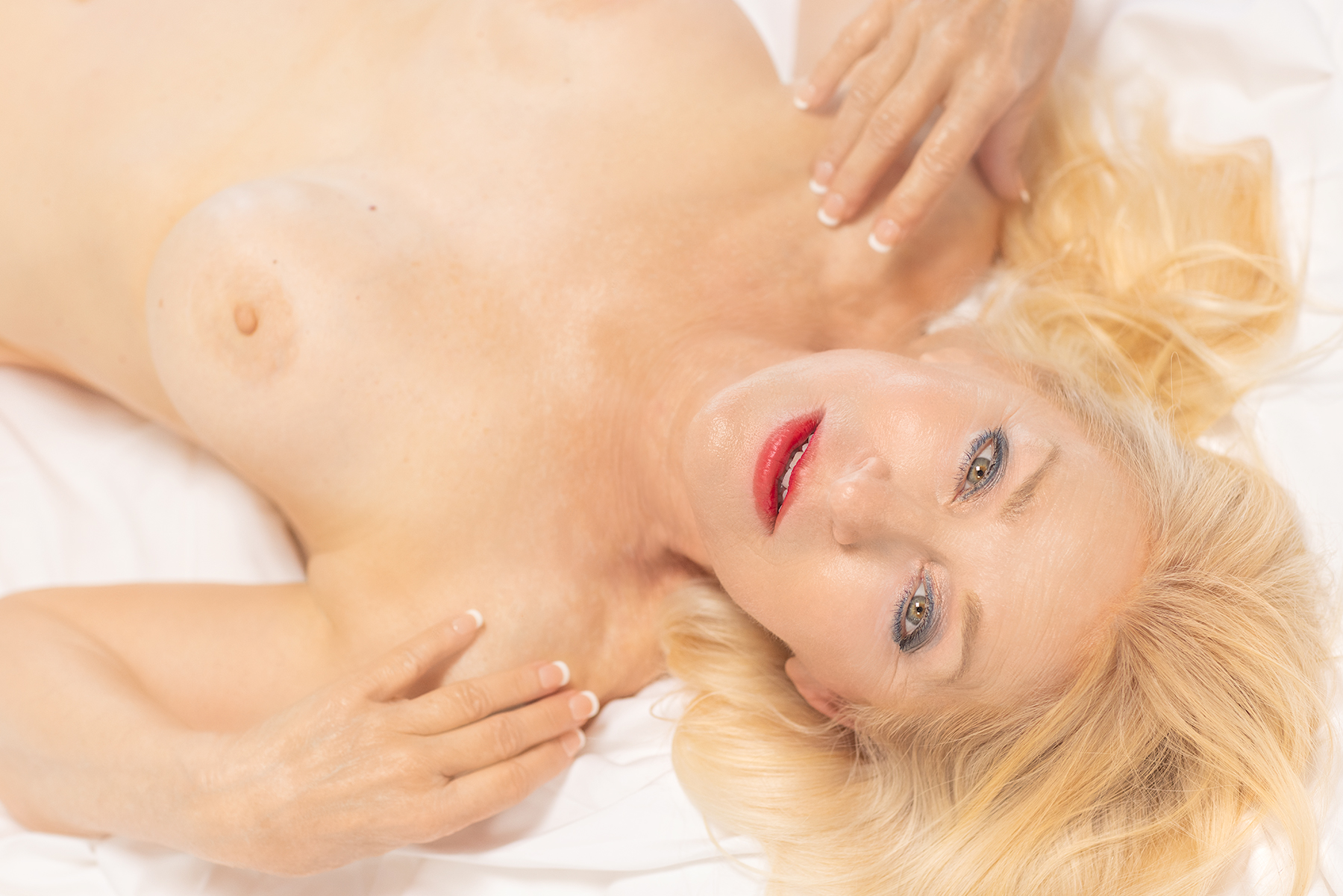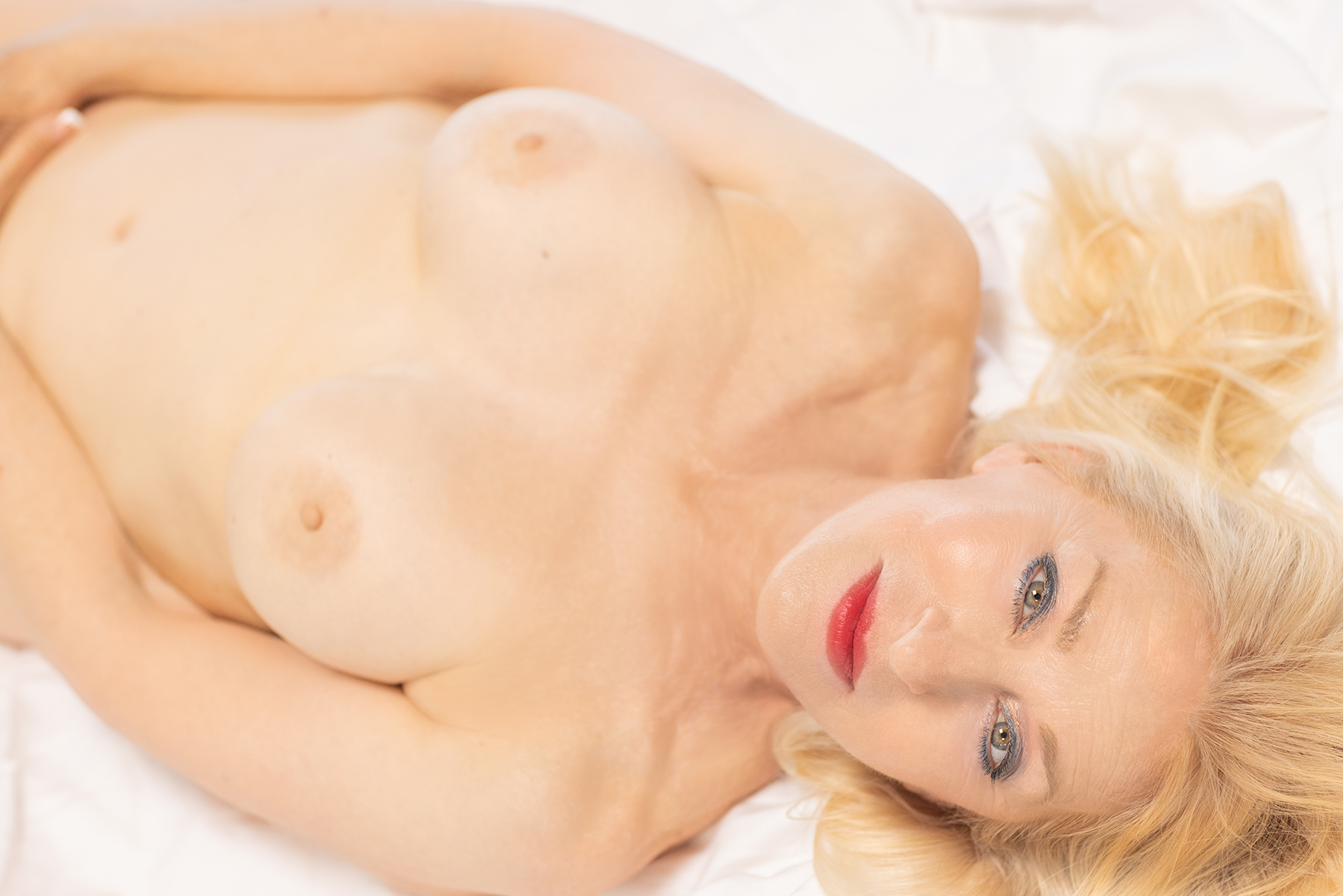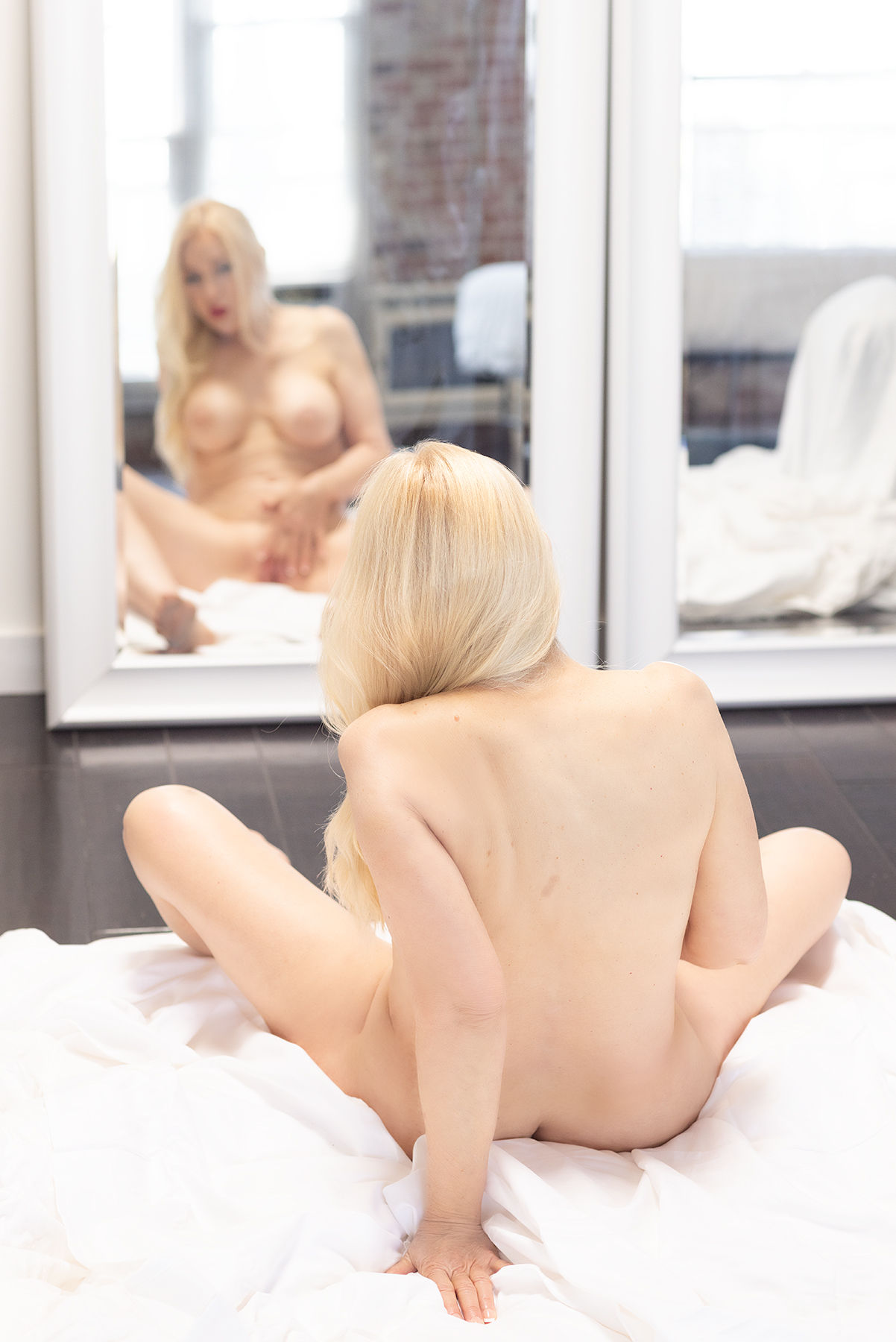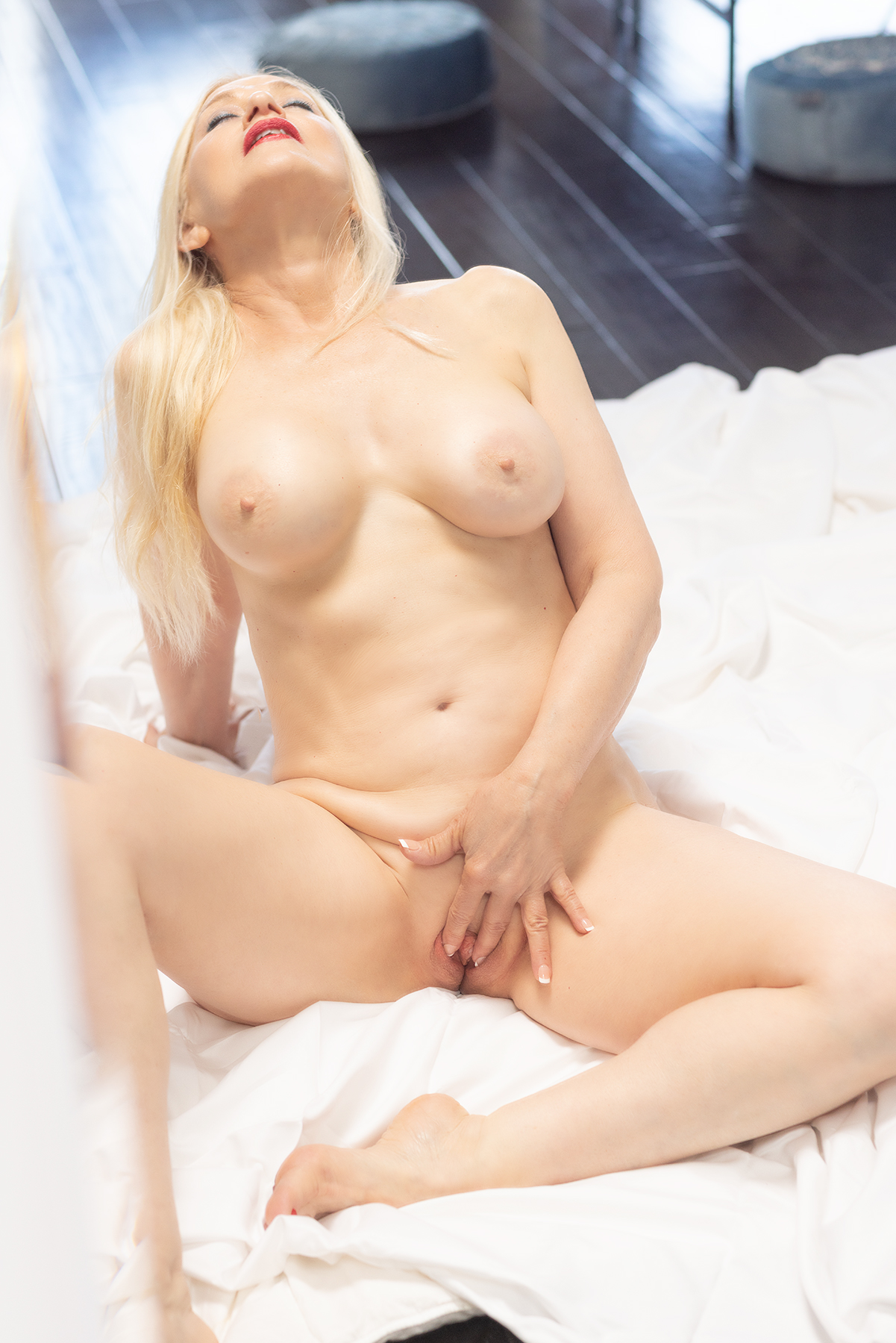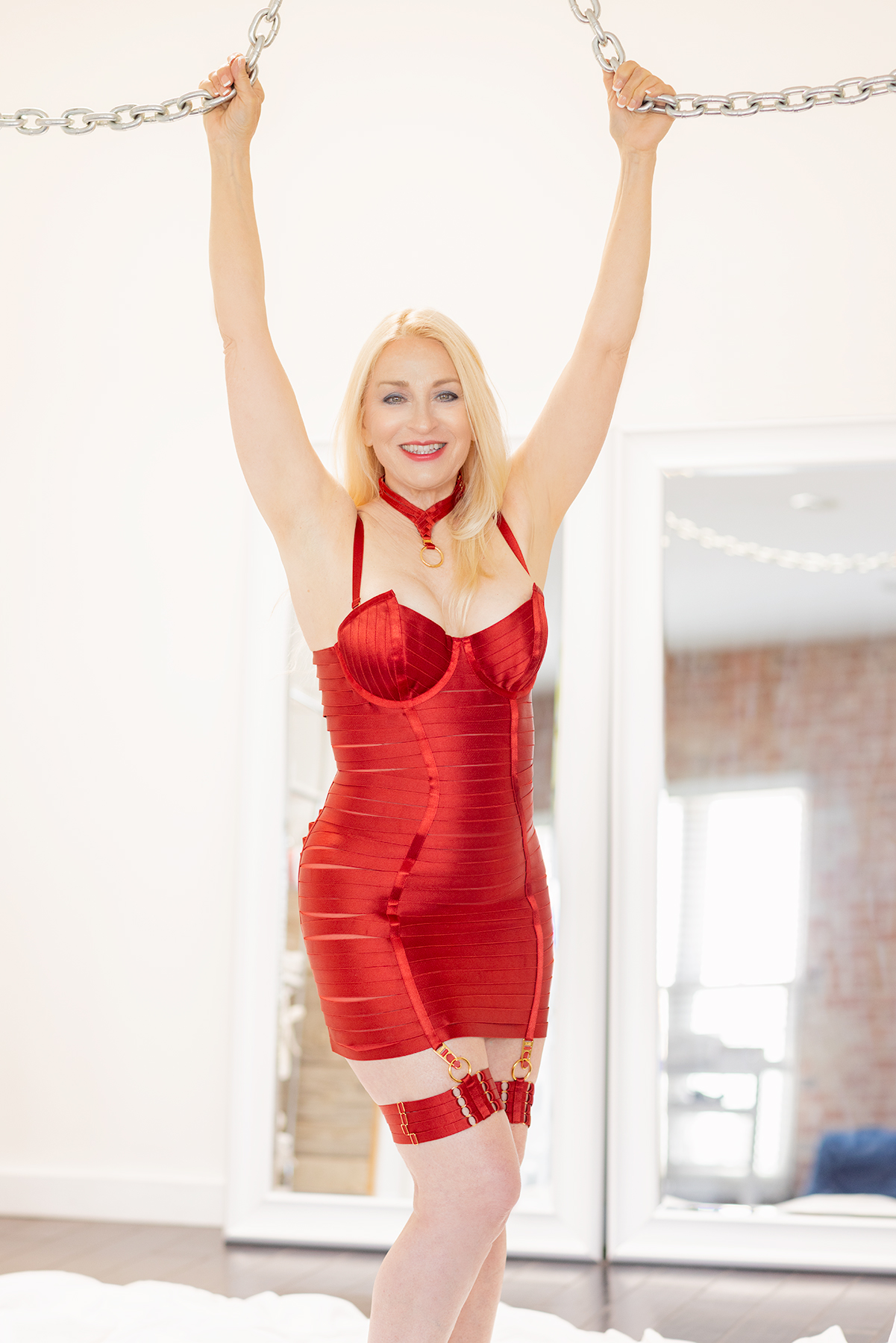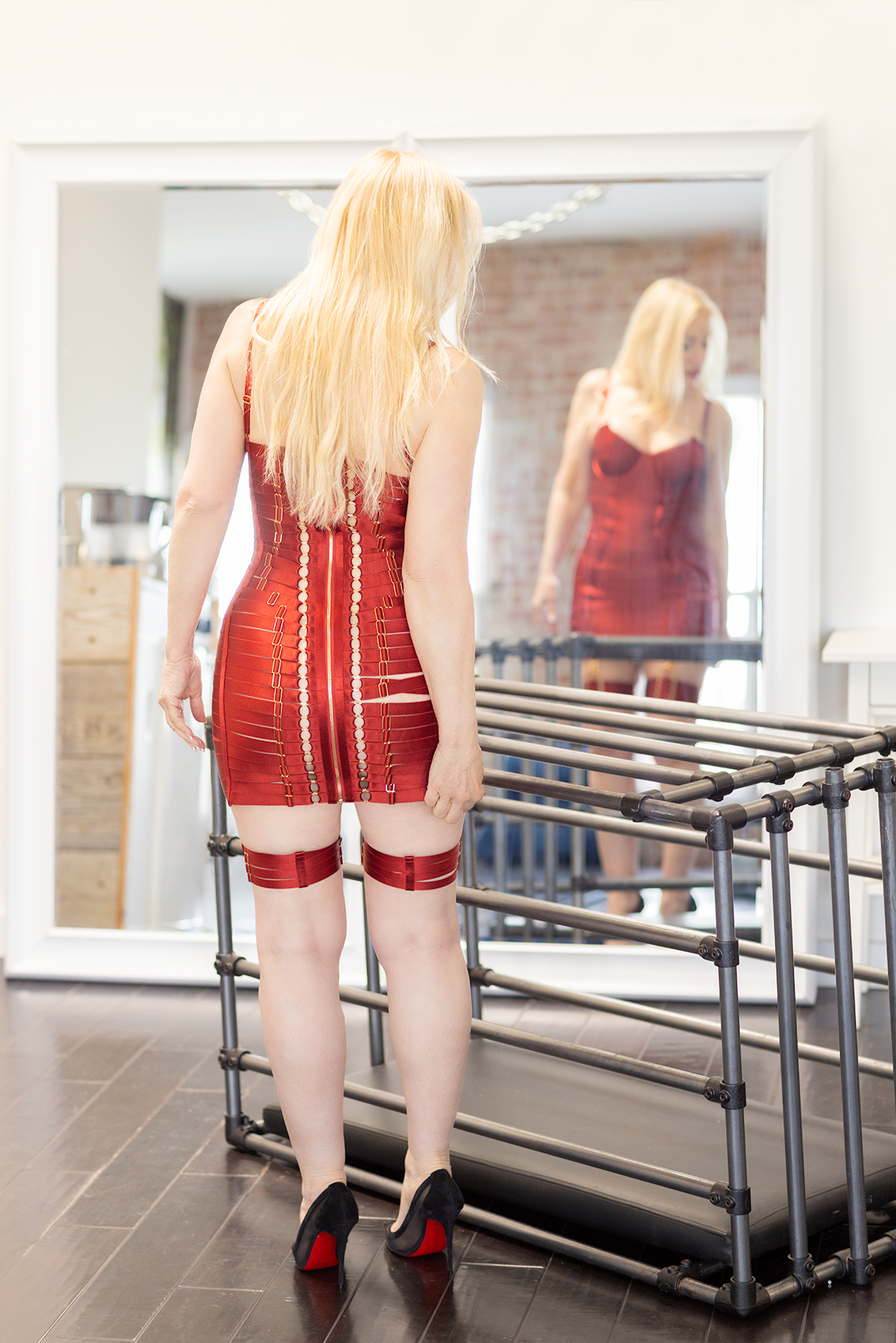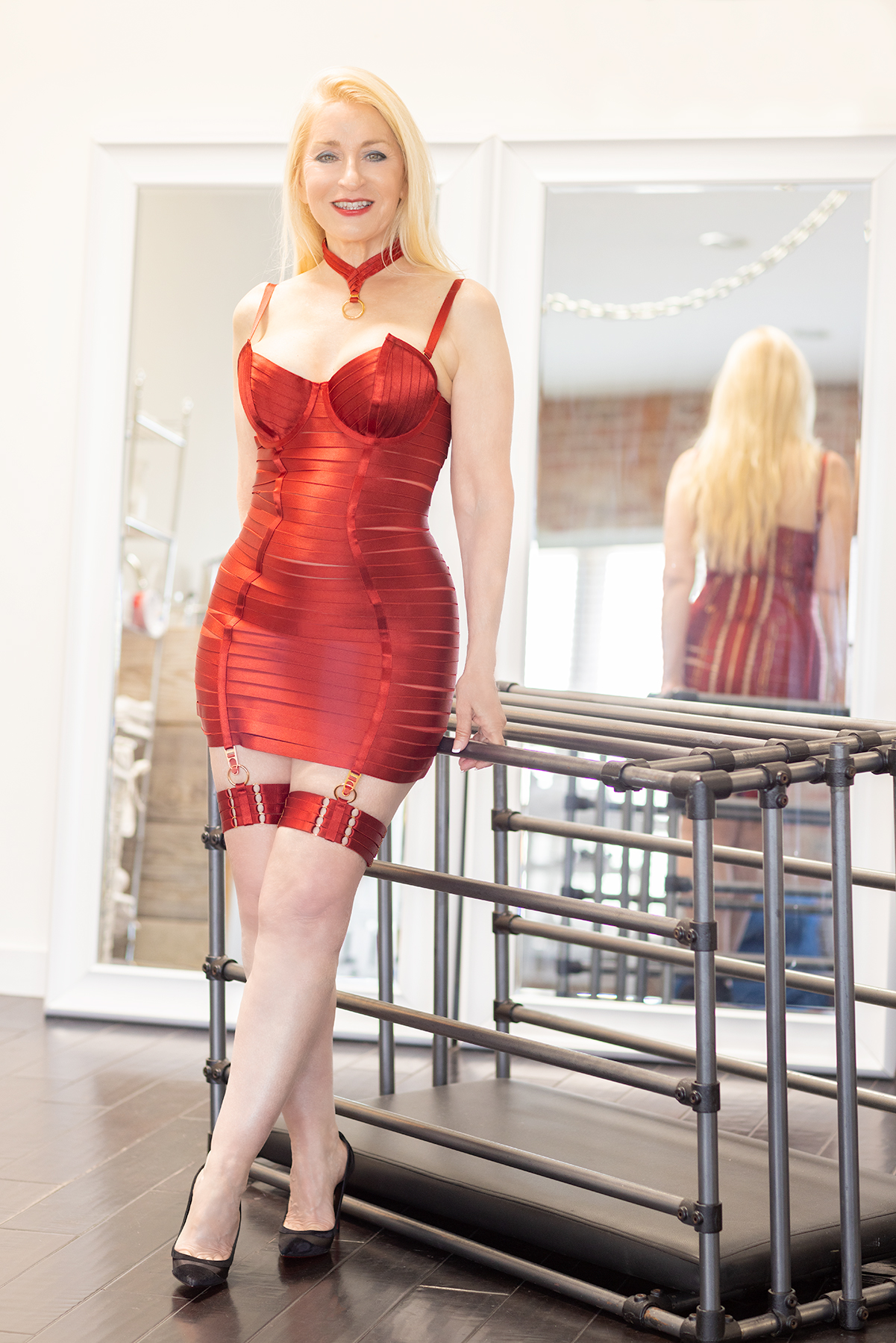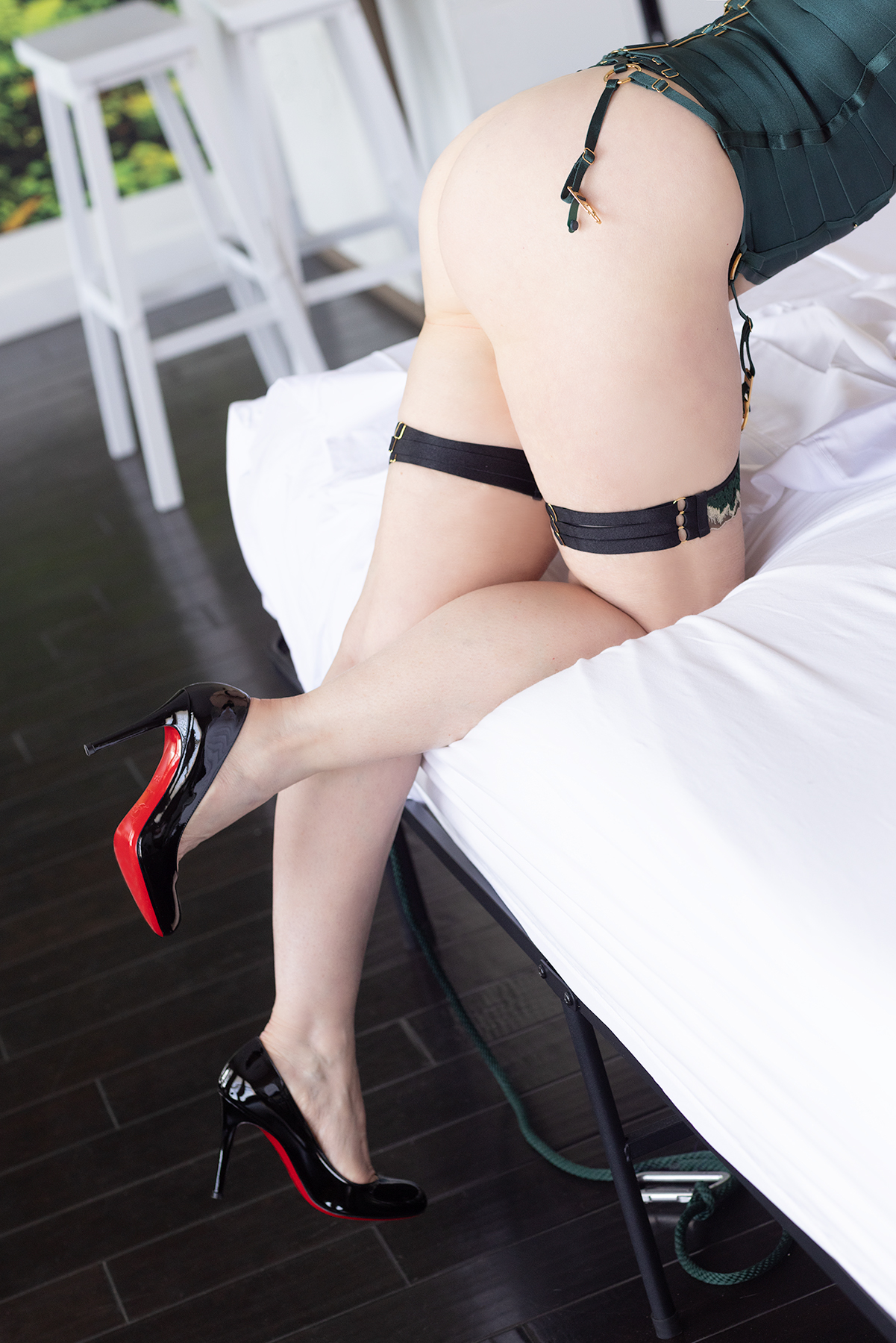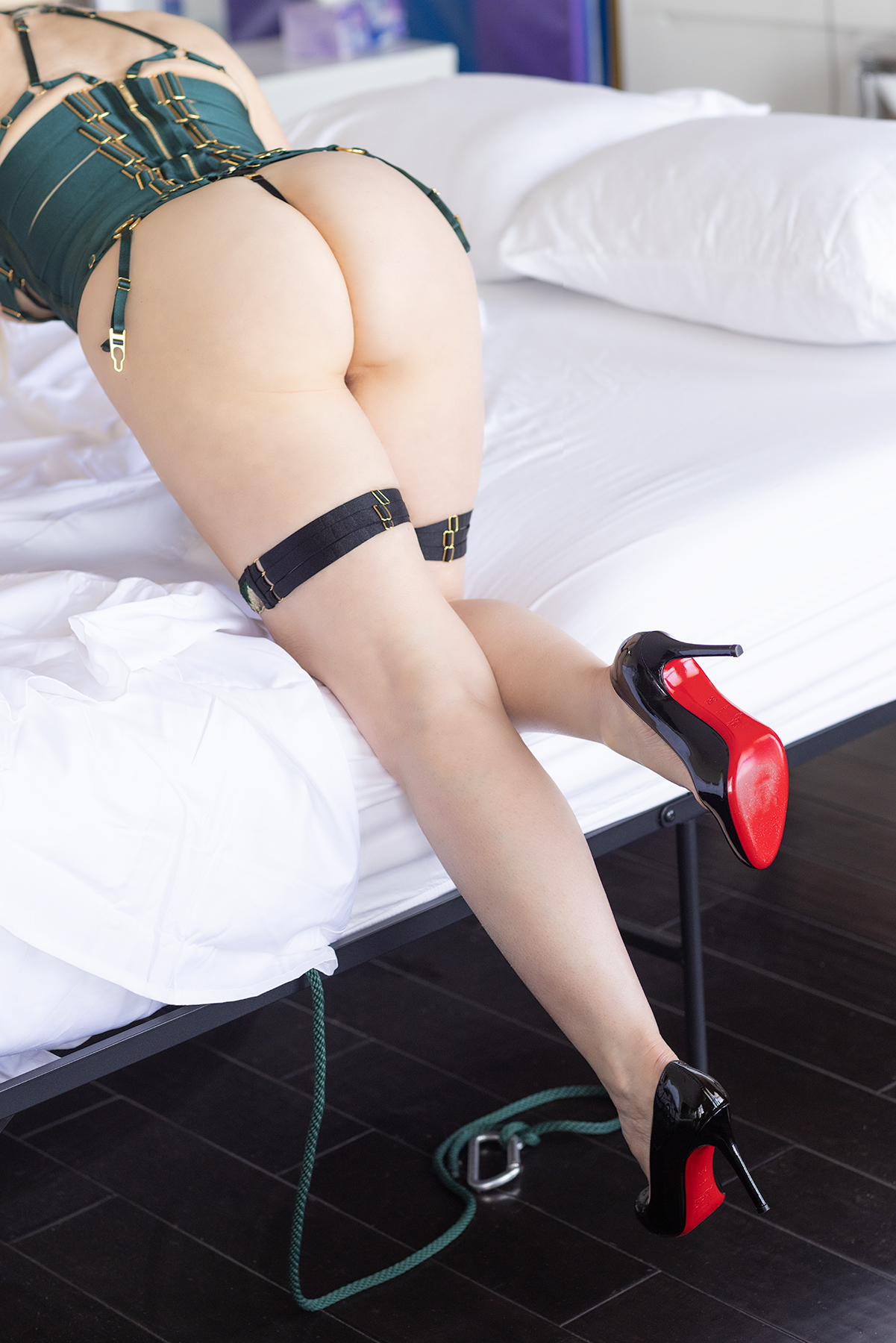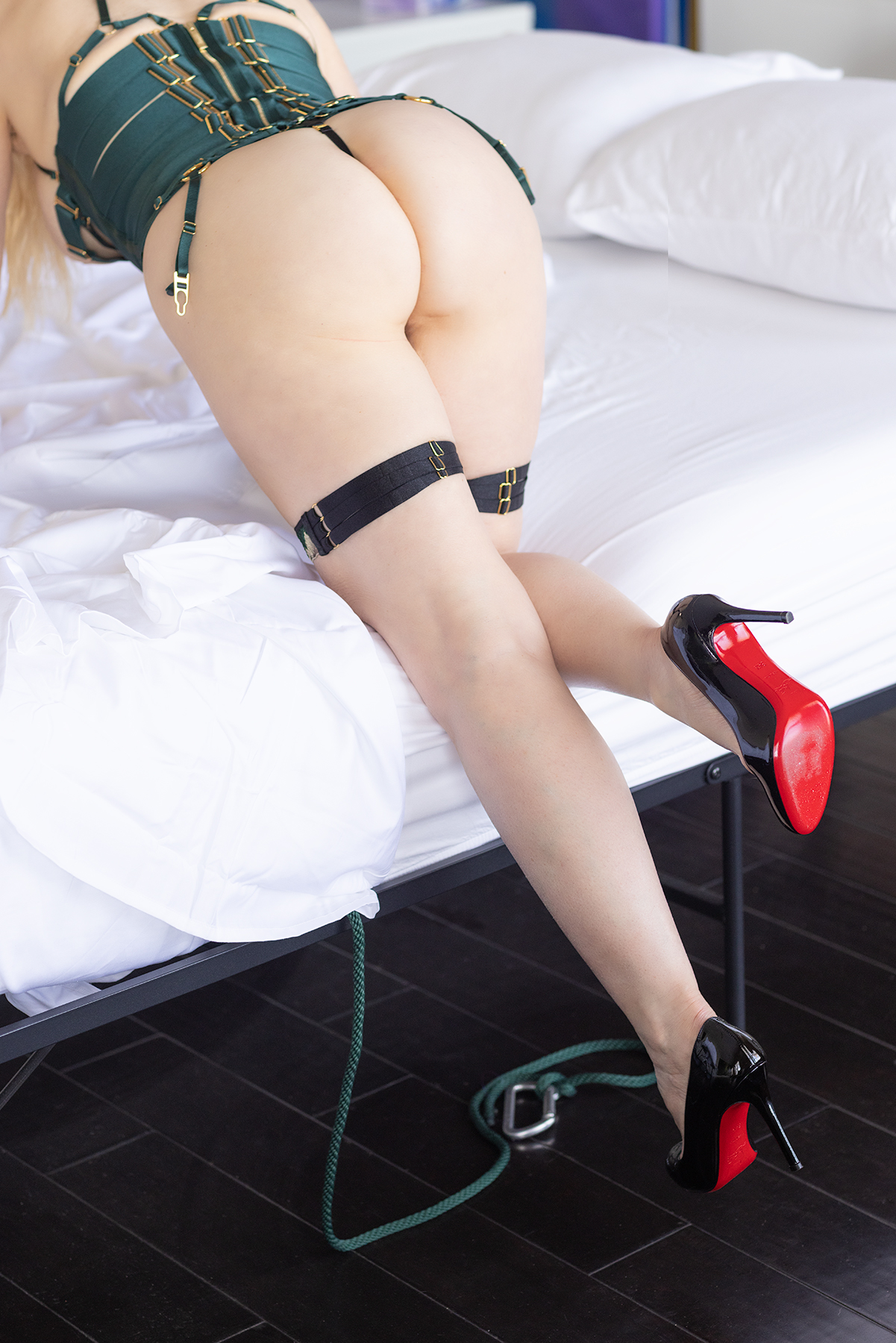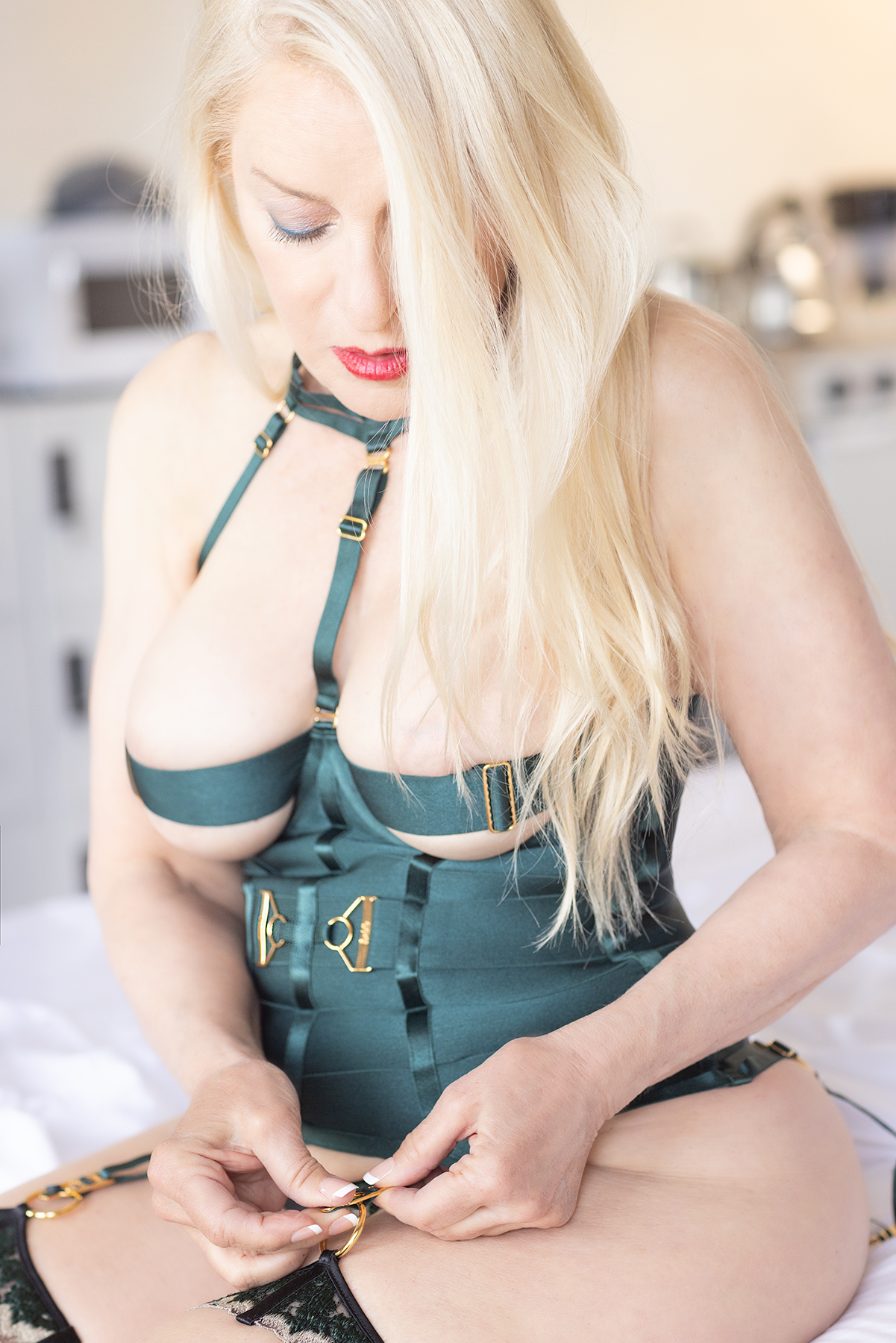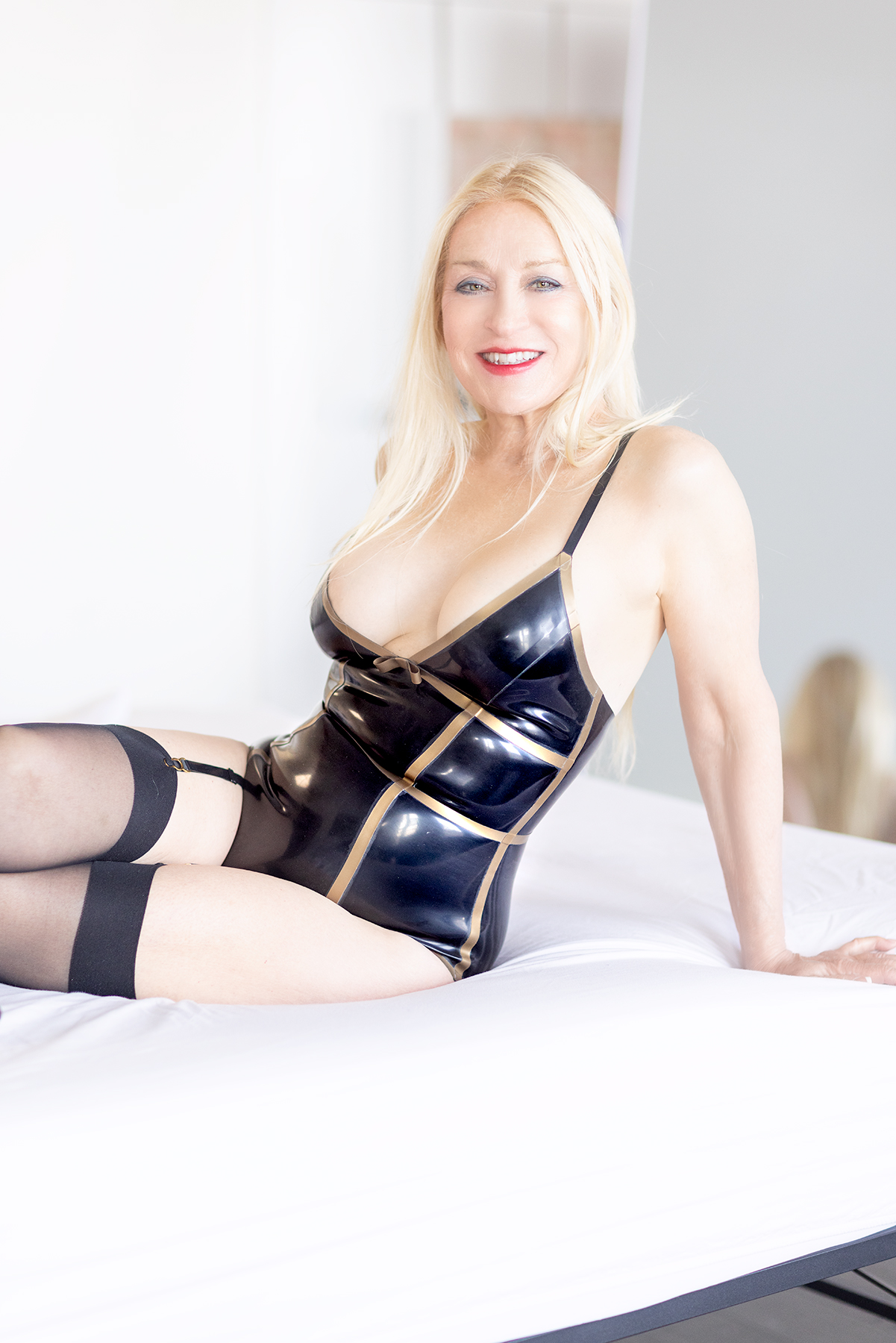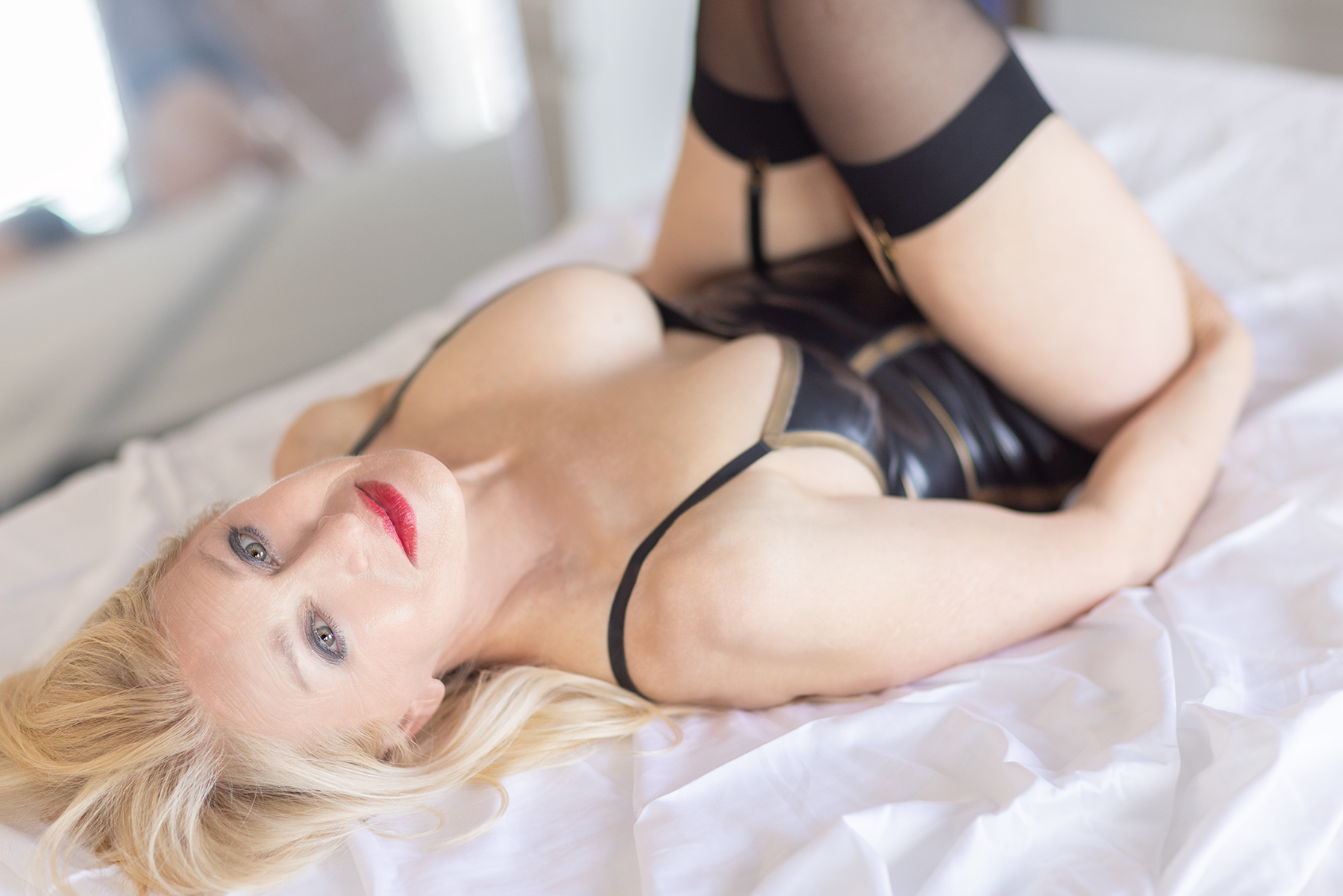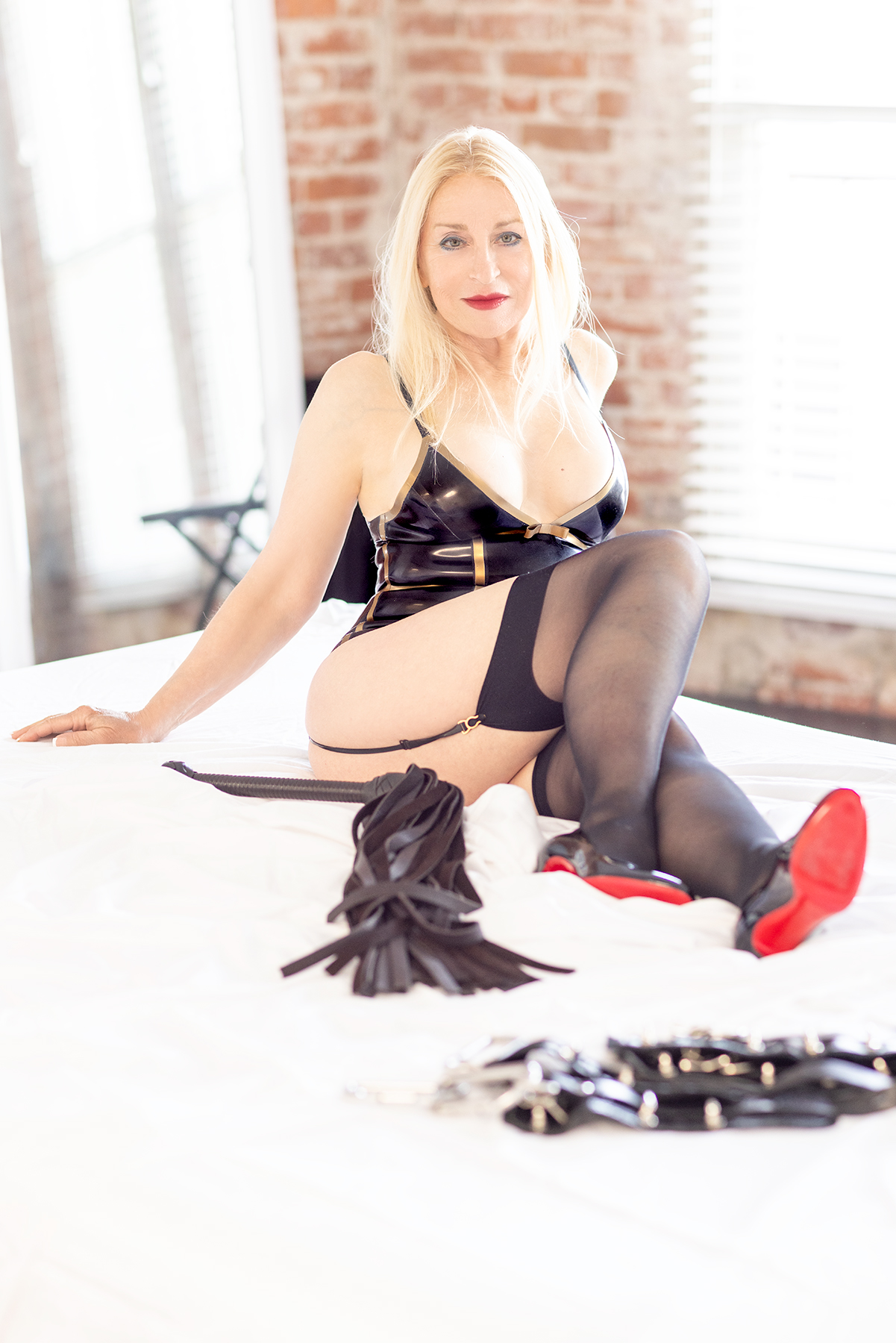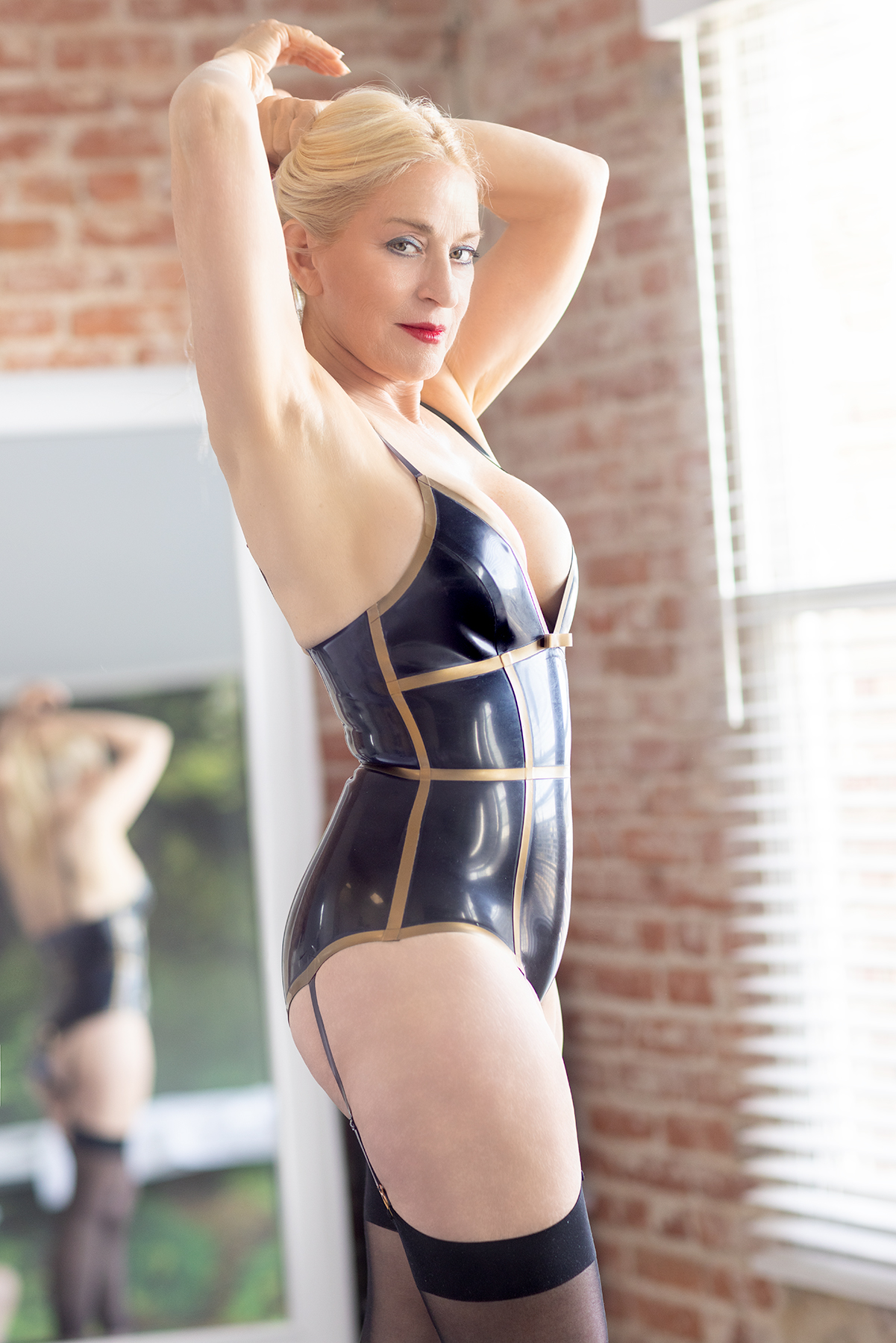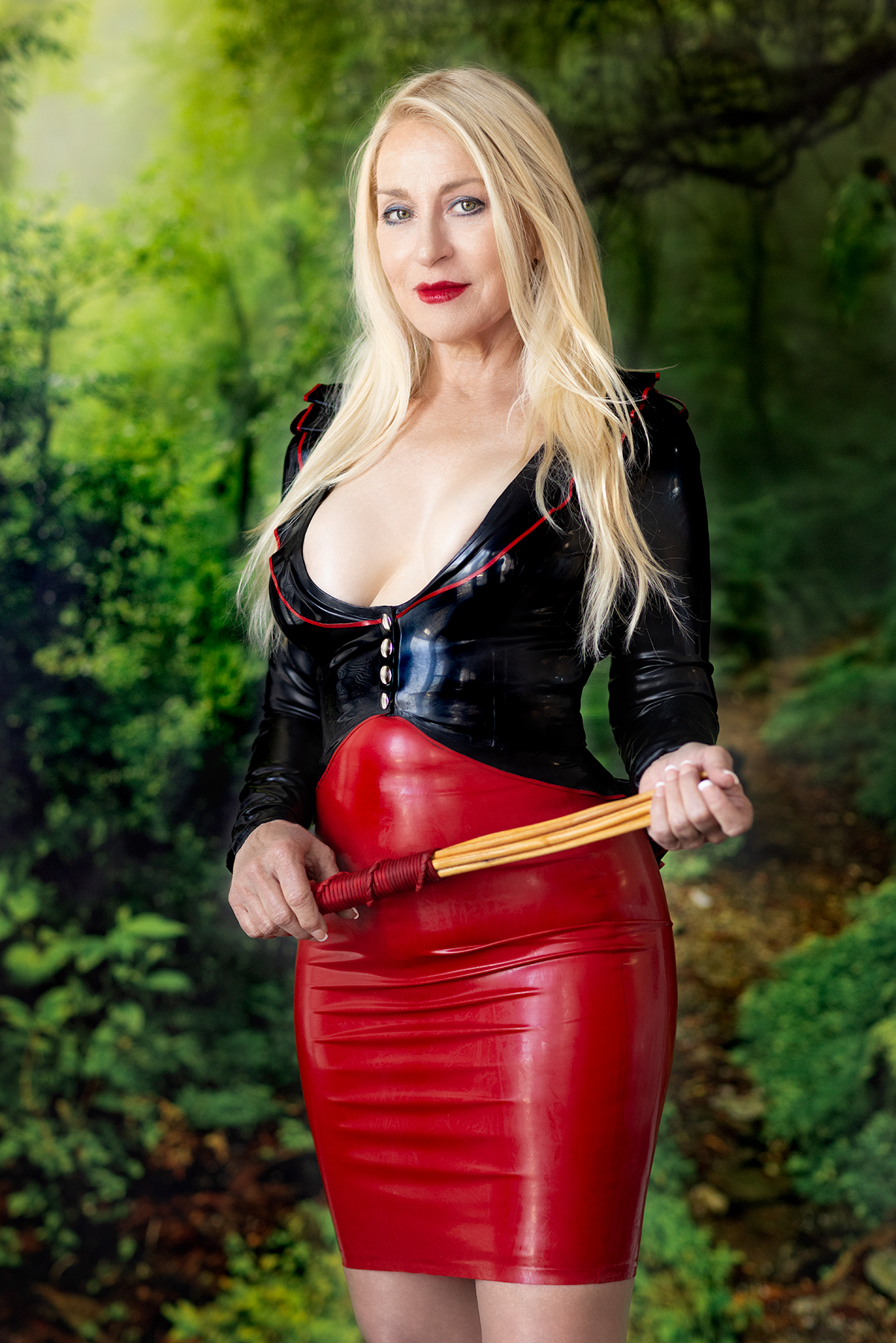Overview
There are all types of Pony Play. All are valid and wonderful and fun. I am discussing techniques to train ponies that wish to emulate bio-horses and be trained in gaits, ground driving, hunter/jumper and cart/work/pulling play. I am proud to be part of The Los Angeles Pony and Critter Club which has an “everybody plays” policy. We train all our ponies with the same signals, so that any Trainer can practice with or play with a pony at the play dates. If a pony shows up without a Trainer, any of the trainers can take the reins and the pony only learns one set of signals or reining. I am blessed to have a handsome black stallion, Loki, I have trained and spent many wonderful hours exploring dressage training with.
In training a Pony, the place I start with is getting to know my pony. I need to know that my pony is ready to focus, to train, to engage in learning during our practice session. Personally, I’m very clear that I am with my pony to train, to get across to my pony a set number of skills. Over the course of time, these skills will build on each other so that I can lead my pony into a performance ring and we engage in dressage play to a level of fluidity and grace that we dance around the ring together. At this level, the play is enchanting, heady to have my pony obey at the slightest command, there at the other end of the reins I hold. These reins connect us, they are the line that the energy flows through in its cycle of power.
I begin with a bridle on my pony, and get acquainted newly each session using our grooming time.
1. Grooming
Put a lead line made of rope on your pony and tie your pony to a grooming station, making sure the knot is a quick release knot for the safety of all those involved.
Use this time to talk to your pony, have the pony get familiar with your voice, the rhythm, the nuances, develop trust and a sense of anticipation for fun. I carry my grooming tools in a bio-horse feed pail. I have a face brush, body brush, massage brush, horse comb, hoof pick, sponge and bag of treats (pieces of apple and carrots). The techniques I use are
brush
massage
comb hair
check hooves
pet
If my pony was dirty or sweaty, I would use the sponge to bath him/her first.
Never leave your human pony tied unattended. Do not tie your human pony by the bit in his/her mouth.
I always have a bottle of drinking water for my pony and check in regularly with him, asking if he wants water. He nods or stamps his foot eagerly.
Before you begin working, check the gear, tack, and harness. Do they fit correctly? Is your pony comfortable or uncomfortable?
When we are ready to get to work, I look at my pony’s posture. Training my pony begins with how my pony stands and carries him/her pony self.
A. Posture.
A pony moves with pride and dignity, a pony draws people’s attention by how it
moves. When a pony appears, it should turn all heads. It is important to start
with posture.
Stand straight, shoulders back, head up.
It is important your pony look forward, not down.
Drill by having your pony practice as a human with walking with a book on head or balance bean bags on body and head.
Movement is in two spheres; pony creates energy around them, one ball moving
forward with legs and one ball moving backward keeping their upper body held up
(not slouching down on lower body), shoulders back, core solid, tight providing strength for the upper body to move.
Good posture and balance gives a pony grace in movement, fluidity in dance and stamina to play for longer periods of time.
Next, I practice reining with my pony.
B. Getting used to directions from a bit
Put head harness with bit (if metal wrapped in latex bandage to protect teeth) on pony
and attach reins. A head harness, is a bridle in training or a halter.
stop is “whoa.”
standing should be in a “square up” position
two clicks with tongue, dressage whip taps middle of back once, lightly lift reins is
signal to move out (if I don’t want to move out I don’t tap the back)
“Easy” is to slow down.
Gently pull rein in thumb and forefinger, to guide pony to right or left. It is a nudge, a light hand. Do not jerk your ponies head. Your pony should be trained to be awaiting your signal, so force is not necessary, only firmness and consistency. A technique to practice getting the subtly of this movement by placing a blindfold on your pony. It forces the pony to feel the gentle command of the bit lightly pulled in the mouth one direction or another. Adding ear plugs also takes away distractions.
Your pony should be thinking of nothing but how to please you, what command are you giving me now, what direction do you want to go, what do you want me to do next?
The pony is to move where its head is turned. The pony goes where its eyes go, if the pony isn’t blindfolded.
“backing up” is two clicks and pulling rein back as you step back.
C. Lungeing
Gaits are learned on a lunge line. A bridle (the bit can stay in or be removed) or halter, lunge line and dressage whip are needed. The trainer is there to look at how the pony is moving through the pony gaits when the pony is on the lounge line.
The line is gathered in one hand in a figure eight wrap for easy giving of line.
Two clicks to move your pony out and follow the heels of your pony with your dressage whip to keep the pony away from you as you take the pony in a circle
around you. It is important that the pony learns to keep tension on the rein or rope by staying away from you, so that the pony can feel your commands on the rein or rope.
“Cutting corners” is a problem that must be corrected immediately. It is a bad habit you want to nip in the bud. What this looks like is: The human Pony shaves one side off the corners making a flat spot or the human Pony won’t work full out on the lunge line but wants to work close to you. When a Pony does not track a perfect circle but rather makes one portion flat, he isn’t receiving any benefits of working on a circle and he is learning he can take control. To prevent a Pony from cutting into the circle, take a giant step toward him while sending a wave through your lunge line to pop him on the shoulder and at the same time aim your whip at his hind quarters. In this case you are using the whip as a visual aid, so you can use it as though you were fencing – en garde, lunge! You might want to incorporate a command like “Go on” or “Get out there.” Never compensate for your Pony’s irregular circle by backing up when he travels closer to the center. Instead, make him move out and take contact with the lunge line.
The LA Pony and Critter Club trains ponies to move using four legs, standing up on the hind two legs. Bio horses move on four legs. We emulate bio horse gaits in our training. The arms are relaxed at the sides, bent at the elbow and held horizontal to the ground in front of the body. In all gaits, the Trainer must look for good posture, the head held up and looking ahead, not down. Gaits move in three dimensional plains of horizontal, vertical and lateral. A gait should have an arc to it, ponies do not look like Groucho Marx when moving.
The Gaits:
walk
I look at my pony to see that he/she is walking at a normal pace, the normal distance of a walk for my human pony. The right arm moves out (with the elbow still bent) with the left leg and the left arm moves out (with the elbow still bent) with the right leg. This should be a comfortable gait, a gait you can use for your pony to catch his/her breathe, to regain strength, to relax in. I like my pony to bend his wrist just after moving his arm with his leg, creating a click-clack (the sound of hooves hitting the ground) look and visually imitating the sound of two hooves being moved.
extend
The walk is extended in distance traveled to be longer and it must have some lift to it. The arms give a big visual aid of seeing that the gait is extended by being thrown out fully horizontal to the ground from the shoulder. I like my pony to bend his wrist just after moving his arm with his leg, creating a click-clack (the sound of hooves hitting the ground) look and visually imitating the sound of two hooves being moved.
collect
The walk is collected, made smaller in the distance traveled. The arms give a visual aid by raising the forearm up, creating a slim V shape to the arm. When taking a step, the arm is slightly raised. I like my pony to bend his wrist just after moving his arm with his leg, creating a click-clack (sound of hooves on ground) look and visually imitating the sound of two hooves being moved.
trot
The trot is a jogging pace, the leg bending more at the knee to move faster and the distance traveled is more than a walk. It is important that the pony keep the arc, the height to the gait. The right arm moves out (with the elbow still bent) with the left leg and the left arm moves out (with the elbow still bent) with the right leg. I like my pony to bend his wrist just after moving his arm with his leg, creating a click-clack (the sound of hooves hitting the ground) look and visually imitating the sound of two hooves being moved.
extend
The trot is extended in the distance traveled to be longer and it must have lift to it. It is important that the pony keep the arc, the height to the gait. The arms give a big visual aid of seeing that the gait is extended by being thrown out fully horizontal to the ground from the shoulder. I like my pony to bend his wrist just after moving his arm with his leg, creating a click-clack look and visually imitating the sound of two hooves being moved.
collect
The trot is collected, made smaller in the distance traveled. The pony must keep the arc, the height to the gait. The arms give a visual aid by raising the forearm up, creating a slim V shape to the arm. When taking a step, the arm is slightly raised. I like my pony to bend his wrist just after moving his arm with his leg, creating a click-clack look and visually imitating the sound of two hooves being moved.
high step
The right leg is drawn up the left leg with the toes pointed down, the thigh raised to a 90 degree bend to the hip, no higher, no lower. The left arm moves out (with the elbow still bent) with the right leg and the right arm moves out (with the elbow still bent) with the left leg. The right leg is drawn up the left leg with the toes pointed down, the thigh raised to a 90 degree bend to the hip, no higher, no lower.
prance (west coast) gallop (east coast)
The right leg is drawn up the left leg with the toes pointed down, the thigh raised to a 90 degree bend to the hip, no higher, no lower. The left arm moves out (with the elbow still bent) with the right leg and the right arm moves out (with the elbow still bent) with the left leg. This movement is held in a pause count, then the right leg is drawn up the left leg with the toes pointed down, the thigh rising to a 90 degree bend to the hip, no higher, no lower.
canter
The lead foot is to the inside of “the corral”. This is the three count step, the “waltz” gait. The other gaits are two count steps. If the wall is on the pony’s right side, the pony leads with the left foot (1), followed by the right hand(2), followed by the left hand farther extended than the right hand(3). It is important that the pony keep the arc, the height to the gait. If the wall is on the pony’s left side, the pony leads with the right foot(1), followed by the left hand(2), followed by the right hand farther extended than the right hand(3).
The canter gait can be used in a pirouette around the Trainer using reining or in a Half Pass gait using signaling.
extend
The distance traveled in the canter is extended to be longer and it must have lift to it. The arms are extended out as far as possible while keeping the same pattern as the canter.
collect
The distance traveled in the canter is shortened and it must have lift to it. The pattern is the same as the canter. The arms give a visual aid by raising the forearm up, creating a slim V shape to the arm. When performing the gait, the arm is slightly raised.
side step
As a Full Pass gait, signaled to move left, the pony raises the left leg and left arm, in an arc movement to the left. The right foot and right arm are moved in an arc movement to square up beside the left foot and arm. Repeat. Signaled to move right, the pony raises the right leg and right arm, in an arc movement to the right. The left foot and left arm are moved in an arc movement to square up beside the right foot and arm. Repeat.
The side step can be used in a pirouette around the Trainer using reining or in a Half Pass gait using signaling.
cross over
As a Full Pass gait, signaled to move left, the pony raises the left leg and left arm, in an arc movement to the left. The right foot and right arm are moved in an arc movement to cross OVER the left foot and arm. Repeat. Signaled to move right, the pony raises the right leg and right arm, in an arc movement to the right. The left foot and left arm are moved in an arc movement to cross OVER the right foot and arm. Repeat.
The cross over step can be used in a pirouette around the Trainer using reining or in a Half Pass gait using signaling.
Spanish Walk
For this gait, we train the human pony to move the feet, as a bio horse would move its front hooves. The arms of the human pony are kept stationary, with the elbow bent at a 90 degree angle from the upper arm, upper arms at the human pony’s side. It is very important the human pony keep a tight core and raise the upper body off the lower body to maintain balance. Signaled to start with the right foot: The right leg is drawn up the left leg with the toes pointed down, the thigh raising to a 90 degree bend to the hip, no higher, no lower, the lower leg is then extended out to form a straight line from the hip to the pointed toe, the thigh lowering slightly at the same time. The toe is planted, the foot leveled, the body drawn up to balance on this leg, bringing the leg to a vertical position. Repeat with right leg. Signaled to start with the left foot: The right leg is drawn up the left leg with the toes pointed down, the thigh rising to a 90 degree bend to the hip, no higher, no lower, the lower leg is then extended out to form a straight line from the hip to the pointed toe, the thigh lowering slightly at the same time. The toe is planted, the foot leveled, the body drawn up to balance on this leg, bringing the leg to a vertical position. Repeat with left leg
tempi change
This gait dance step is a canter performed to a count down. Example tempi 3 with a wall on the pony’s right would be a canter leading with the left foot for 3 counts, a flying lead change to 3 counts leading with the right foot, a flying lead change to a canter leading with the left foot for two counts, a flying lead change to 2 counts leading with the right foot, a flying lead change to a canter leading with the left foot for one count, a flying lead change to one count leading with the right foot.
Always work your pony equally on both sides. Whatever you do going one direction in a circle you must repeat the entire lesson going in the other direction in a circle. It is very important for your pony to develop balance, grace, coordination, muscle development in a balanced practice. You want both sides of your pony worked evenly. If your pony is right or left handed, you may need to work the “stiff” side to be as supple as the other, thus creating balance.
It was during lunge practice that I developed a signal cue for ramping up and down gaits. I clicked my tongue twice to start at a walk, clicking again to move to trot, clicking again to move to canter. “Easy” took me back to trot and “easy” stated again took me back to walk.
D. Ground driving
I took my pony, Loki, out to a field and simply went page by page through this book copying what it stated and following the diagrams to learn by myself.
101 Longeing and Long Line Exercises
101 Longeing and Long Lining Excercises
This book has the diagrams of where you stand, how you manage the reins and dressage whip to have your horse move in each pattern.
Taking your pony with head harness on, attach reins and with dressage whip in
hand, move through gaits while doing
circles
figure eights
lazy eights
diagonals
round the corral
box the corral
serpentine’s
boxes
Train your pony with the dressage whip cues, so that you don’t have to retrain
your pony to move without voice commands.
tap in
middle of back move out
right shoulder blade cross over to left
left shoulder blade cross over to right
right hip step to left
left hip side step to right
under upper thighs (under bottom) high step
outside left calf Spanish Walk left foot start
outside right calf Spanish Walk right foot start
right upper arm canter left
left upper arm canter right
sides of upper thighs prance
continuous taps mean to move in diagonal (Half Pass)
two long whistles is extend
One long whistle followed by one short is “return to normal”
Two short whistles is collect
The Piaffe is a dressage movement where the human pony is highly collected, should retain clear and even rhythm of the gait, shows impulsion or energy of the gait, and stays in place. In classic horse dressage, it is done in a cadenced trot. The pony should remain relaxed and supple. He/She should not piaffe with short, jerky steps, nor should his/her legs be moving out to the side or crossing. .
E. Hunter/Jumper Play
I have seen this play done in two different styles. One style is that the Pony jumps the hurdles alone. The other style is the Pony jumping the hurdles while being reined by the Trainer. Either style is acceptable and it up to the Pony and Trainer to choose.
If you have a pony that responds to jumping by whip and voice commands only, you may use this technique. The advantage of no reins is that the pony won’t have any fear of being jerked or pulled and can relax and adjust to the obstacle.
In my training of Loki, I rein him in circles at a canter (the lead foot to the inside of the circle, to the inside of the invisible corral) and let out the rein for him to jump the hurdle which I have placed outside our inner circle. I use the command “Jump”. If you are handy at cracking a whip, you could use that as a signal to jump. In completing a hurdle course on Advance Level, the Pony would be taking each hurdle at a canter and the curve of the track would determine the lead foot. As the course turns, the Trainer keeps to the inside of the “corral” and must switch sides. In Novice Level, the Pony only needs to clear each hurdle however it can.
F. Cart Play
On a level, smooth surface any play done ground driving can be done in a cart.
Use the same techniques, light touch, and use a driving whip for signals when hooked up to a cart.
Keep uniformity and consistency.
Personally I like my cart play in parks, a fun ride to take in the splendor of the moment.
Cart Play can be a discipline when running a blindfold obstacle race.
G. Blindfold Play
Blindfolding your pony as a great technique to train the pony to feel the reining and tapping commands, relying on these commands rather then what the pony sees visually. It is a very useful technique to teach the pony to consistently be aware and awaiting the Trainers commands. It is a bonding experience that highlights the D/s relationship of Trainer/Pony. The pony must take the leap of faith to trust the Owner when playing with a blindfold on. Playing this way is a discipline, and a good source to define how competent the Owners skills in reining and signaling are. The pony cannot correct for the Trainer by visual aid, the pony must take what it understands from reining and signals and obey. The pony doesn’t know the course and can’t see the course. Therefore, where the pony goes and how the pony goes there becomes the Trainers responsibility, all the pony is doing is obeying. It is a magical opportunity for both the Trainer and the Pony to step into and flourish in their relationship. Ponies benefit greatly when by the Trainers touch of the hand as a reassuring signal or reward.
In conclusion, I want to be clear the reining and signals we use at the Los Angeles Pony and Critter Club are simply what we worked out and agreed on, so that we had a uniformity in play, and enabled our “everybody plays” policy. I offer our solutions as a possibility and hope the dressage play itself has caught your interest and inspires you to try it.
The Los Angeles Pony and Critter Club web site:



